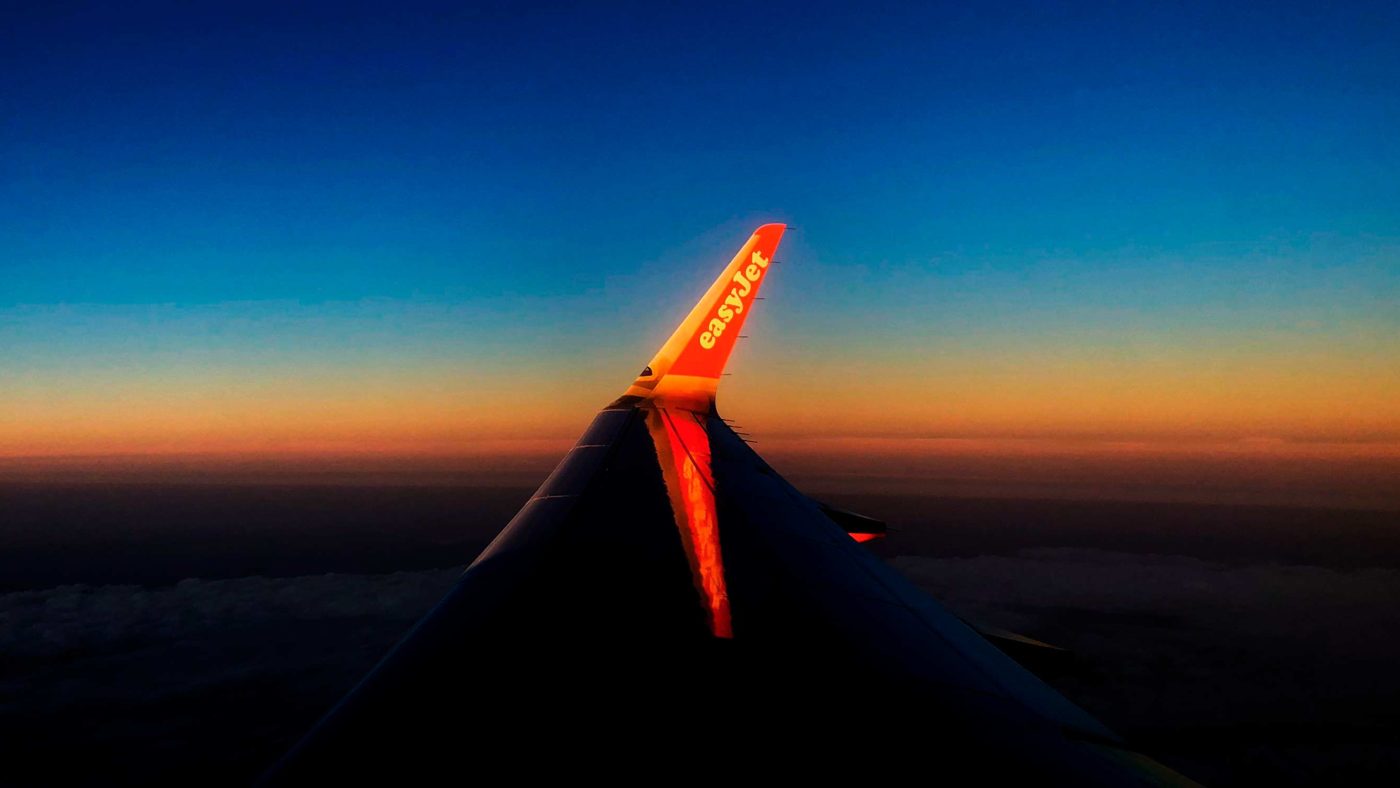And so the public bidding for budget giveaways begins. The first stories of this year’s “winter crisis” in the NHS have now emerged. Cue demands for more spending, waste and corporatism. But what about movement in the other direction? What about a targeted, popular tax cut to coincide with our departure from the EU?
Cutting the rates of air passenger duty would be exactly that. This is a tax levied on all scheduled flights departing from a UK airport. Per adult passenger, this ranges from £13 for a short-haul economy flight to £156 for a long-haul journey in a premium class. (Substantially more is charged for private jet travel.)
Whilst the system has, to a degree, been simplified in recent years, the overall level of the tax is extreme. APD is the highest such tax on long-haul flights in the world. The World Economic Forum’s most recent Travel & Tourism Competitiveness Report found that the UK came 133 out of 136 for its ticket taxes and airport charges.
To put this in perspective, the UK’s aviation tax is three times that of France, and twice what Germans pay. Next time you book a flight, just look at the price breakdown and consider the obvious competitive disadvantage the UK faces.
Tellingly, the justification for it has mutated over the years. Former Chancellor Ken Clarke presented its introduction as a way to correct a perceived anomaly in the way that aviation was treated by the UK’s tax system: there was (and remains) no VAT on tickets. Nor is there tax on jet fuel, although the latter is because of an international treaty and various bilateral arrangements that have arisen since the Second World War.
Then it was argued for by the Blair government as a way to mitigate the environmental externalities of flying. But flights within the European Economic Area are already covered by the EU emissions trading scheme (ETS), meaning there is practically no emissions-based reason to tax EEA flights. The government has not announced any intentions to withdraw from the ETS in March 2019.
APD is also payable on a per passenger, rather than per aircraft movement basis. It therefore takes no regard of the fuel efficiency of the aircraft. So even on long-haul, non-EEA flights, the environmental case for APD is weak.
Now, though, it’s a cash cow that the Treasury is finding it hard to ween itself off of. Last financial year, the government extracted £3.4 billion from passengers leaving the UK’s airports. Current forecasts suggest that could rise to £4 billion in three years’ time.
Abolishing APD entirely is clearly a big ask of the government. But we should learn from Ireland’s decision to scrap their aviation tax. Since abolishing the equivalent of APD in 2014, passenger numbers have gone up by at least 25 per cent; Northern Ireland airports only saw growth of about half that. And that growth will only continue with the construction of a planned second runway at Dublin airport.
In Northern Ireland, this competitive disadvantage is beginning to show. Although Stormont abolished APD on long-haul flights almost six years ago, both Ryanair and Easyjet have intimated that they’d be willing to add more routes, were it not for the impact that APD has.
Our trade is dependent on aviation. Although physical goods in a plane’s cargo hold aren’t charged APD, the UK services sector is reliant on good links to establish and nourish trade relationships, for both existing and future ones.
After Ireland and Malta, no other EU country has a higher proportion of their non-EU exports moved around by aircraft (measured by value). Punishing passengers with high APD discourages airlines from opening new routes and so lowers the amount of goods and services that can go to and from the UK.
APD is also regressive. The bottom fifth of earners pay twice as much as a proportion of their wages and salaries compared to the top 20 per cent of earners. Yes, business travellers pay a lot more APD for their seats. But when a family is jetting away for their summer holidays, the amount they fork out looks particularly punitive.
APD should eventually be abolished. And the bare minimum in next week’s budget must be a freeze. But the government should do two things. First, APD must be cut in half on all three bands next financial year. This would make the treasury nervous. But it would also make existing routes, particularly domestic ones, more practical and lower the viability threshold for new journeys. Employment, and the associated increase in revenue from direct taxes, would help to alleviate some of that.
After this, the treasury should conduct a study that dynamically models the effects of this 50 per cent reduction in APD. This would assess, inter alia, the impact on GDP growth, employment at regional airports, and how lower APD could improve domestic and international connectivity.
The tax burden in this country is now at a near 50 year high. So rather than the usual process of ministers trying to outbid each other for more cash, the government should refocus on how to give back to taxpayers and make this a more attractive country to do business in. A cut in this unwieldy, punitive aviation tax would do just that.


